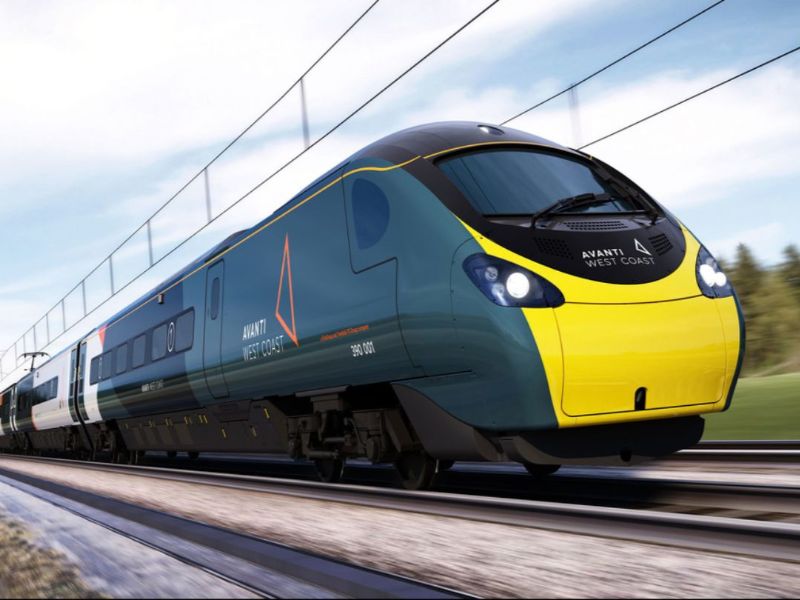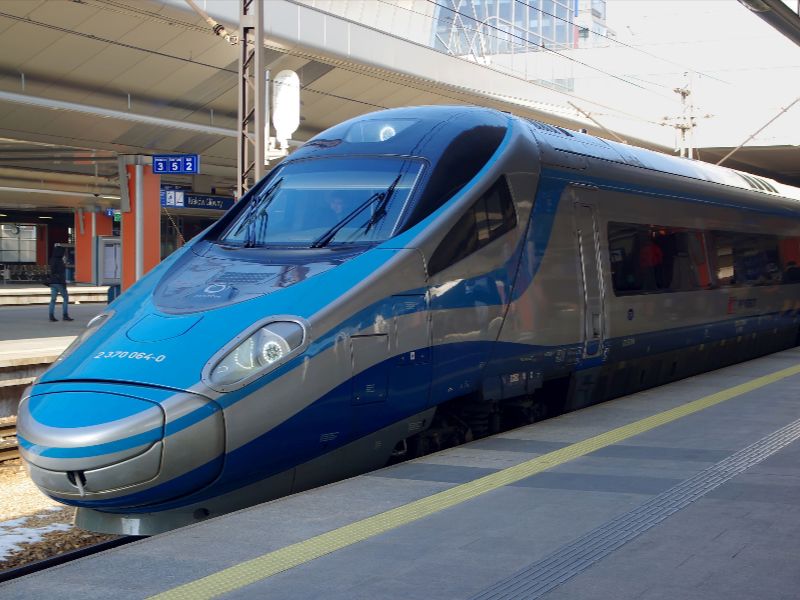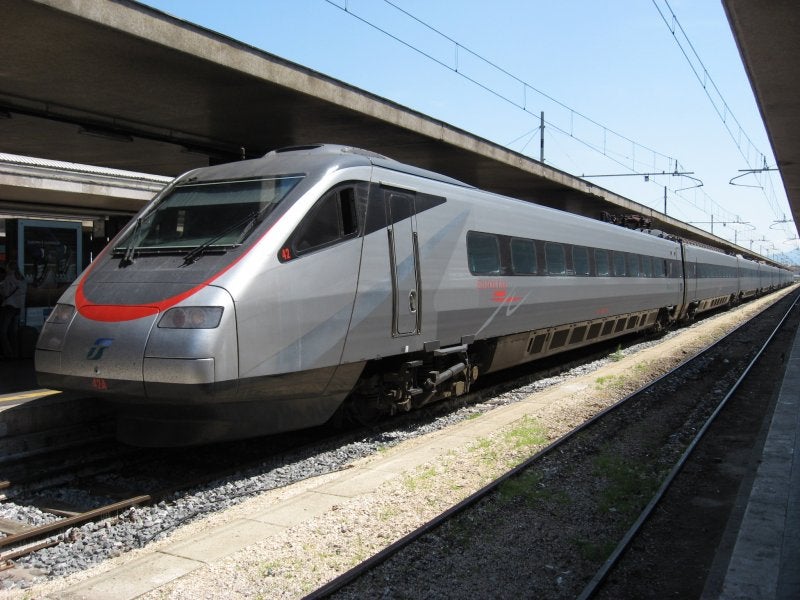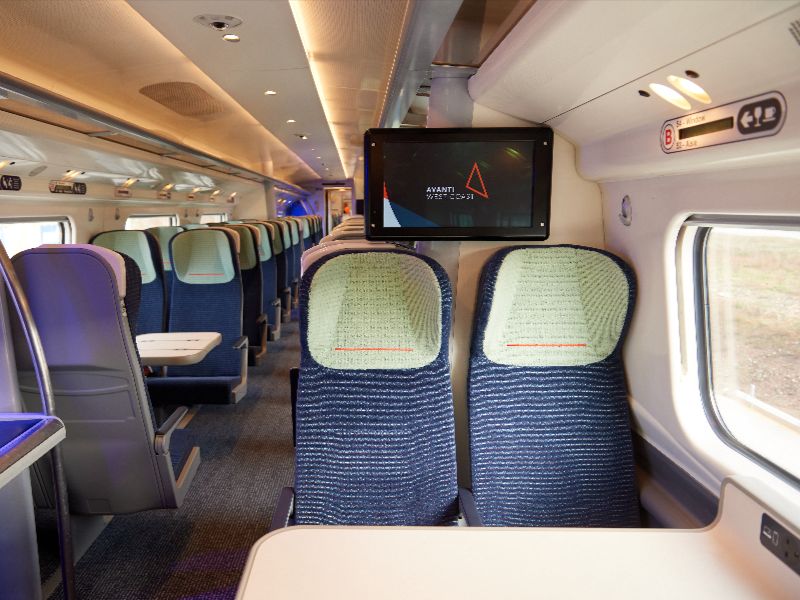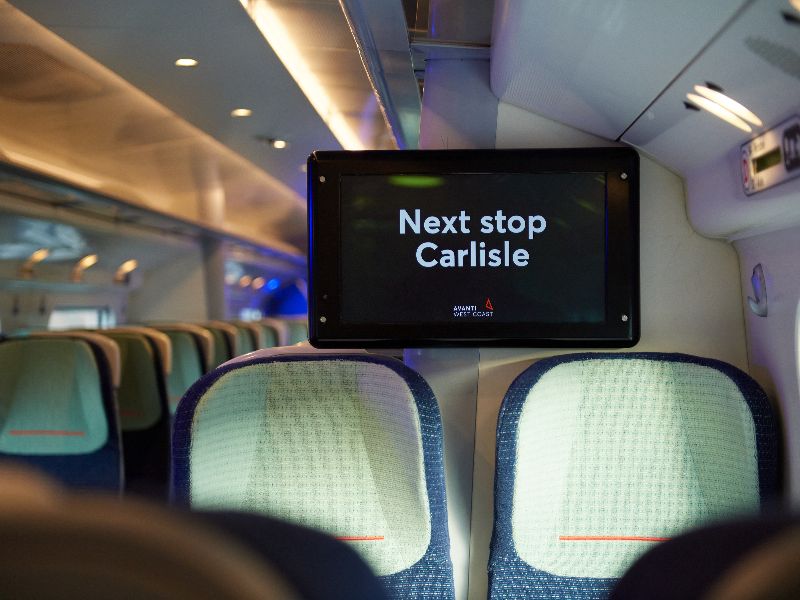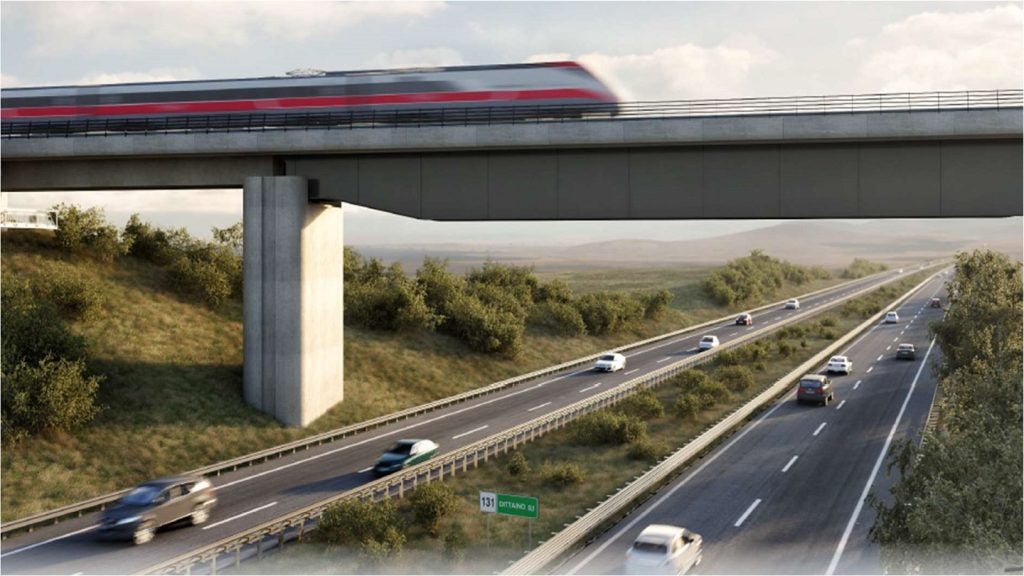Pendolino is a high-speed tilting train manufactured by Alstom Ferroviaria. It travels at speeds up to 250km/h on conventional tracks, eliminating the need for specially laid tracks.
The high-speed train is named ‘Pendolino’, meaning small pendulum in Italian, due to its mechanism to tilt at bends.
Pendolino trains have been in operation for more than 46 years. The technology was originally developed by Fiat Ferroviaria. Alstom inherited it after acquiring Fiat Ferroviaria in 2000. Pendolino is manufactured at Alstom’s Savigliano site in Italy.
There are approximately 400 Pendolino trains currently operating in 11 countries, including Italy, Portugal, Slovenia, Finland, Russia, the Czech Republic, the UK, Switzerland, China, Germany, and Romania.
Pendolino development history
The first working prototype was developed and launched by Fiat Ferroviaria in 1969. Known as ETR Y 0160, it had an electrically powered tilting car body and was the first to be given the name Pendolino. The prototype was followed by the construction of two more units of the electric multiple unit-ETR 401.
The first unit was launched for public service in 1976 on the Rome-Ancona route operated by Italian State Railways.
The second unit was delivered to Spanish rail operator Renfe to operate on its wide gauge. ETR 401 had four cars and could travel at speeds of up to 295km/h.
Fiat acquired patents for the tilting technology used in the UK’s Advanced Passenger Train (APT) project in 1982. APT was an unsuccessful experimental project developed by British Rail.
Fiat made several improvements to the original technology and introduced an advanced, first generation-ETR 450 on the Rome-Milan route. It was the first Pendolino to enter regular service.
It was a nine-car train, with a restaurant coach configuration. It ran at a top speed of 250km/h and covered the route between Rome and Milan in four hours. It could tilt at an angle of 13°.
The second generation-ETR 460 was introduced in 1993. It was designed by design firm Giorgetto Giugiaro. It had several improvements over the first generation such as the powerful AC asynchronous motor, the installation of anti-tilting action pistons in the body, and bogie-to-body connection. The tilt angle was reduced to 8° to provide more safety and comfort.
ETR 460 maintains a low axle load of 14.5t/axle that allows the train to run 35% faster on curves compared to conventional trains. Further advanced versions of ETR 460 include the ETR 470, built for the Italian-Swiss company Cisalpino, and the ETR 480 for Trenitalia.
Details of the new Pendolino
After making several improvements, Alstom launched the new Pendolino ETR 600 and ETR 610 in 2006. The trains were developed for the Trenitalia and Swiss Federal Railways (SBB). Both of these variants are more reliable than earlier versions as they have improved power traction units and high component and equipment redundancy.
The ETR 610 is more advanced than ETR 600, as it supports the voltage and signalling system used by Switzerland and Germany.
Pendolino design and features
The new Pendolino trains come in two versions. Trains with a bodyshell width of 2,830mm are suitable for UIC tracks (1,400mm). They operate in temperatures ranging from -25°C to 45°C. Trains with a bodyshell width of 3,200mm are manufactured for wide tracks (1,500mm). They can operate in temperatures lower than -40°C.
The high-speed trains come in four to nine car configurations, accommodating 200 to 600 passengers. Each car is 26.2m-long, 2.83m-wide, and weighs 387t. It also has heating, ventilation and air-conditioning (HVAC) systems, with in-built redundancy.
The cars are custom-built and fitted with a European train control unit, which complies with the European rail traffic management system (ERTMS) for cross-border operability.
Pendolino technology
The trains use Tiltronix technology and feature hydraulic tilting bogies. The tilting rods installed in the bogies activate the tilting. The train’s wheel forces have been minimised by reducing suspended masses. The bodyshell sits centred with the use of an active, lateral air suspension system.
The latest Pendolino trains have tilting pantographs fixed on the roof of the cars. Whenever the train tilts, the carriage slides sideways due to an active counter-translation hydraulic system, which enables the pantograph to remain centred.
Pendolino sustainability
The new Pendolino trains are claimed to be 95% recyclable. The electric brake systems save up to 8% of energy consumed. Alstom says 97% of the power is recycled and fed back into the catenary system.
Sound insulation under the body and an optimised aerodynamic design reduce sound penetration through the roof. A shock absorber dumping system vibration under the wheels also decreases noise pollution.
Orders and deliveries
China Railway High-Speed (CRH) ordered 50 electric multiple unit (EMU) cars from Alstom, with the design based on the new Pendolino. The first order for 30 cars was placed in 2009 and the remaining in 2010. However, these are non-tilting trains.
Alstom received an order from Polskie Koleje Panstwowe (PKP) Intercity, a long-distance rail operator in Poland, in May 2011. The €665m ($951.84m) rolling stock contract calls for the supply of 20 new Pendolino trains. The first train was delivered in 2014.
The new fleet runs on the existing routes between Warsaw and Gdansk, as well as Warsaw to Katowice, at a speed of 250km/h. In addition to rolling stock, the contract also includes the supply of maintenance services for 17 years and the construction of a 12,000ft² service and maintenance depot in Warsaw.
SBB placed a contract with Alstom for four additional Pendolino ETR 610 trains in 2015. Deliveries were completed by March 2017.
Upgrades
Avanti West Coast, which is the operator of intercity rail services on the West Coast Main Line in the UK, signed a €755m ($843.19m) seven-year contract with Alstom to refurbish all 56 electric Pendolino trains deployed on the West Coast Mainline. The contract also includes the maintenance of the fleet until 2026, alongside new intercity trains ordered from Hitachi in 2019.
The £117m ($159.76m) upgrade programme of the Pendolino fleet began in July 2021. It is claimed to be the UK’s biggest ever train fleet upgrade.
One first class carriage on each of the 35 11-carriage Pendolinos will be converted to allow the addition of more than 2,000 extra standard class seats, as part of the upgrade. Improvements under the programme also include the replacement of 25,000 standard class seats with new ergonomic seats, a new cafe bar, improved lighting and passenger information screens, additional luggage space, renovated toilets, and power sockets at each seat.
The refurbishment is being performed at Alstom’s new depot in Widnes in the UK’s North West region. The first upgraded Pendolino returned to service in April 2022.

